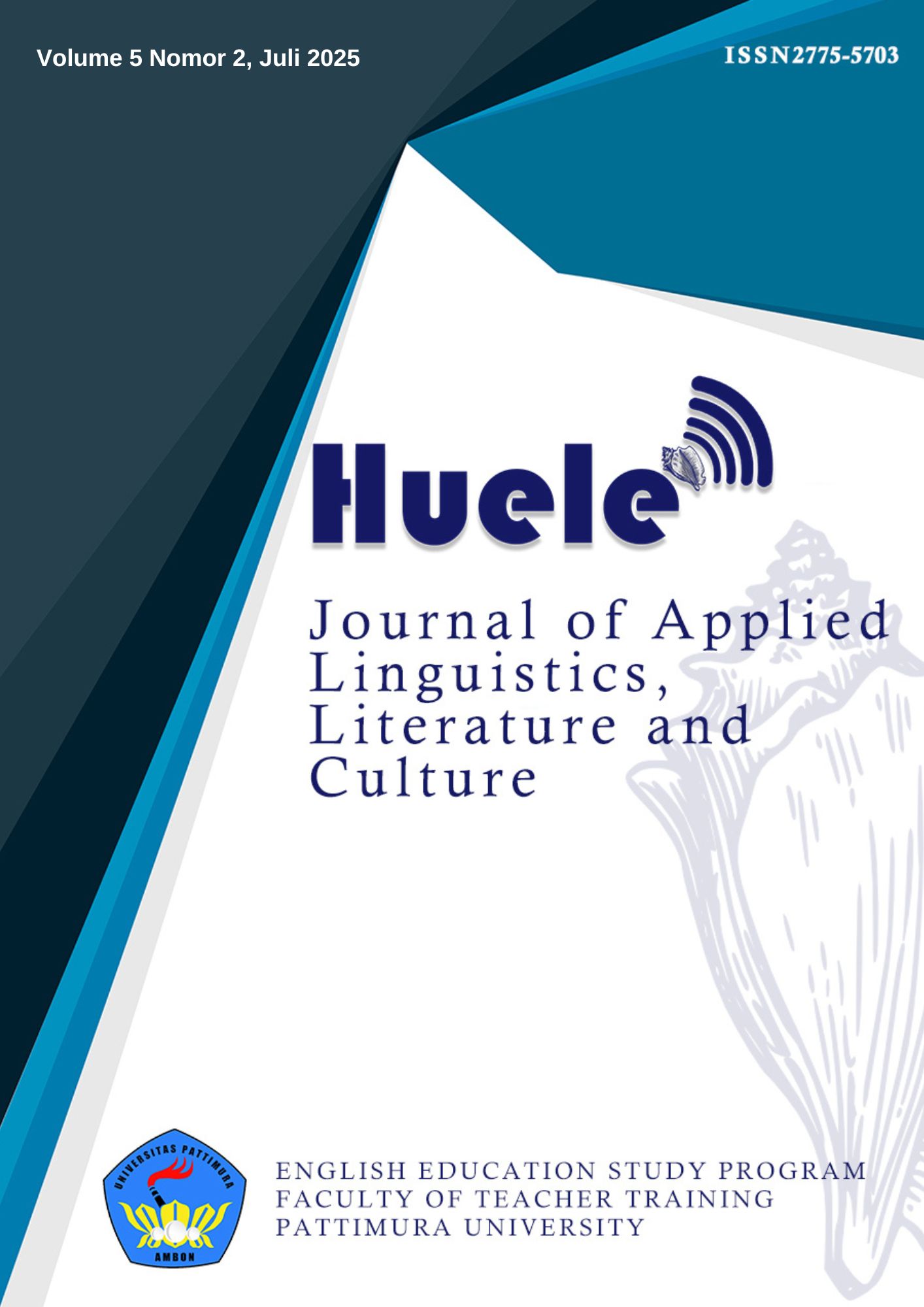Content and Language Integrated Learning as a Strategy for Enhancing Speaking Skills: A Narrative Literature Review
Abstract
Speaking remains one of the most challenging skills for foreign language learners, who often understand written and spoken texts but struggle to communicate fluently and accurately. Content and Language Integrated Learning (CLIL) has been introduced as an instructional approach that combines subject learning with target language use, creating authentic opportunities for oral production and interaction. This narrative review examines how CLIL contributes to speaking development, drawing on empirical studies conducted across different educational levels and contexts. Findings from the reviewed research show that CLIL consistently enhances fluency and vocabulary. Learners in CLIL programs tend to produce longer stretches of speech with fewer pauses and demonstrate broader lexical repertoires, particularly in academic vocabulary. Evidence on grammatical accuracy and pronunciation is more mixed: while learners often achieve intelligibility and communicative effectiveness, errors persist without explicit language support. Communicative competence emerges as a strong area of growth, as CLIL classrooms provide space for negotiation of meaning, turn-taking, and pragmatic use of language. The review also underscores the importance of implementation factors. Scaffolding, feedback, teacher training, and assessment practices significantly influence outcomes, while program intensity, duration, and learner motivation further shape the development of speaking skills. Although results vary across contexts, the overall evidence indicates that CLIL provides a productive environment for developing oral proficiency, offering learners both the need and the opportunity to use language meaningfully in the pursuit of content learning.
Downloads
Copyright (c) 2025 Sophia Binnendyk

This work is licensed under a Creative Commons Attribution-NonCommercial-ShareAlike 4.0 International License.







